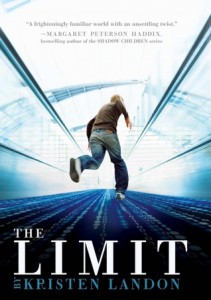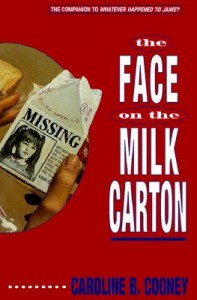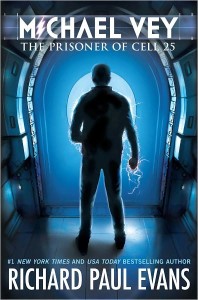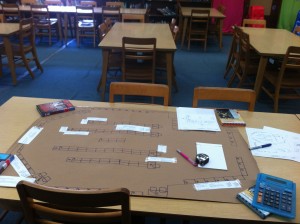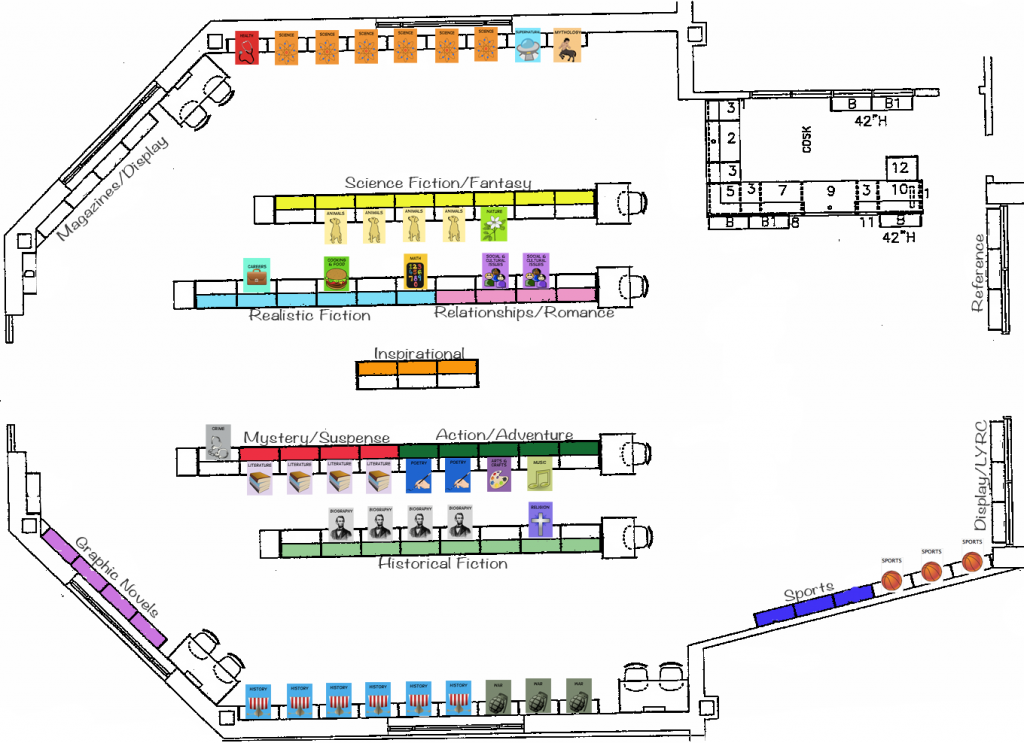I’ve been planning to hammer out this post for a while, and now that I’ve finished my grad school portfolio defense and have had some time to just chill out this week on Spring Break I’M READY!
At Follett’s New Leaf in Learning Conference, Tamara Cox and I initiated some serious conversations on the topic of nontraditional shelving during one of our presentations. Tamara took the plunge last year with her nonfiction shelving and I was so inspired. I started with genre shelving my fiction books earlier this school year. I have had so much success with the genre shelving — my students LOVE it and are much more comfortable browsing for books now. I honestly feel like it opens them up to new authors in a way that traditional fiction shelving does not. Whatever genre they are in the mood for is completely laid out in front of them in a manageably sized section so they can really see what’s there and what grabs them. We all love it, and I have absolutely no regrets about making that move!
With the success of the fiction shake-down, I was ready to dive into doing a similar dance with my nonfiction section. A few disclaimers about me:
- I’m out of the box. And once I get a hair-brained idea brewing, I won’t be content until I run with it.
- I’m not married to Dewey as a sacred cows of library life. I was a Page (read: 20 hr/week book shelver) at the public library for over 5 years in high school and college. Before that, I was a library helper in middle school (the same library that I work in now). Dewey and I have a long history, I know him well, and he has served me well. Naturally, I could get to any topic with easy because Melville and I go way back. However, for my kids it’s a totally different story and I’m okay with that, too.
- I’m not the most organized person. Nor do I always think things through completely before I decide to just go with it. For this reason, my methods aren’t always the cleanest ways to get to a particular destination (but I make it work!).
- I’m okay with things being a temporary disaster if I believe that there will be an improvement in the end.
I went back and forth with one of my best friends, who is also one of our 6th grade ELA teachers. She was sort of traumatized by the idea of me doing away with Dewey. I also discussed it quite a bit with my fabulous volunteer (a grandmother and retired middle school teacher) who helped me through the fiction switch. She thought it was a great idea and would make it easier for the students to browse. Having someone solidly on my team (and willing to put in a great deal of work to see it happen), I decided that we were going to go with it.
Now you’re probably thinking that I’m crazy for doing this in the middle of the school year. And I am. Completely crazy. BUT I wanted this to happen before we move to the new school this summer, so that meant we couldn’t wait for a summer to do this. I started this transition the same way I started with fiction: stickers. I printed out stickers for each section that we would use. How did I decide on my sections? I looked at what Tamara did, and she came up with hers using the Book Industry Standards. I looked at my collection and my student’s interests and created this list: Animals, Arts & Crafts, Careers, Crime, Food, Health, History, Literature, Math, Music, Mythology, Nature, Poetry, Religion, Reference, Science, Social & Cultural Issues, Sports, Supernatural, War.  I made a cute sticker for each category and we got to sticking! Of course there were some things that threw me off — where do we put the dinosaur books? Animals? History? Science? Hm. There were also some things I was so psyched to group together — military and armor books go with war…YES!
After (most of) the stickering was done, I was ready to re-arrange! Tamara arranged hers alphabetically by category, but I didn’t since I’ll be moving completely soon anyway. I arranged it so big categories (history, science) could stay where the majority of those books already were. I also gave sports and war some prime real-estate. Then, within my categories that were larger, I sub-categorized on the shelves like this:
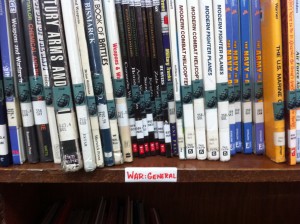 Â Â
  
So, for example, within “War” I have: General, American Revolution, Civil War, WWI, WWII, Modern Wars
The kids are able to find nonfiction that they’re interested in much more easily. I’m also looking forward to the move when I’ll be able to put categories into a new order and add biographies back in (they’re tucked in a corner right now).
A common question: What are you doing with the books in the catalog? For the time being, it’s still Dewey. I’m also leaving the Dewey stickers along with the category stickers. When I do inventory, I’m going to work on the catalog. I plan to use the Destiny feature where I can scan in a group of books and tack on a pre-fix, which will be the category name. I’m going to see how that works for a while. If it doesn’t, I’ll figure something else out!
In the end, I’m doing all of this because I believe that this is what will be best for my students. Anything that I can do to make the library a friendlier, more accessible place is a good thing!
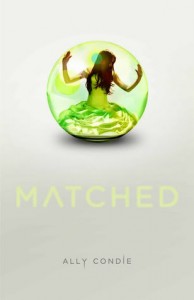
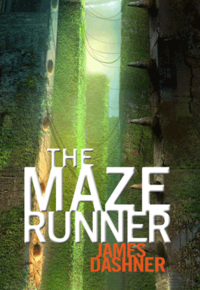
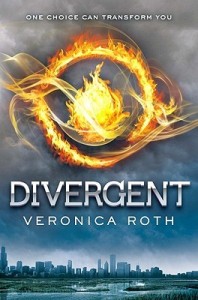
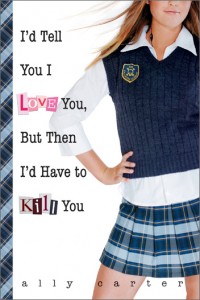
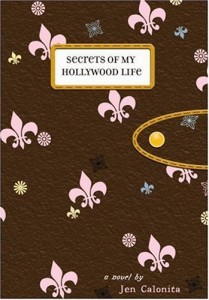
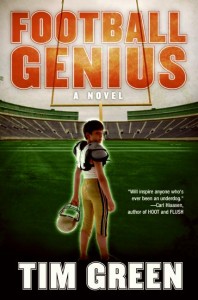


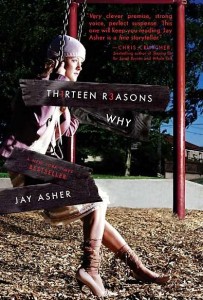
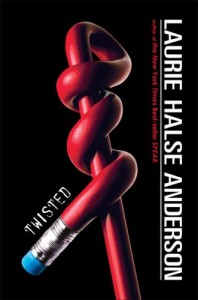
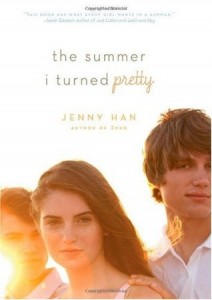

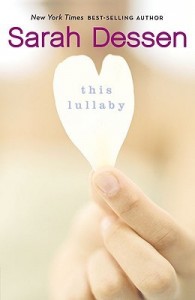
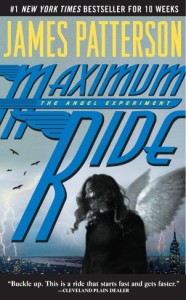
![Witch-and-Wizard[4]](http://www.mightylittlelibrarian.com/wp-content/uploads/2012/04/Witch-and-Wizard4-205x300.jpg)

